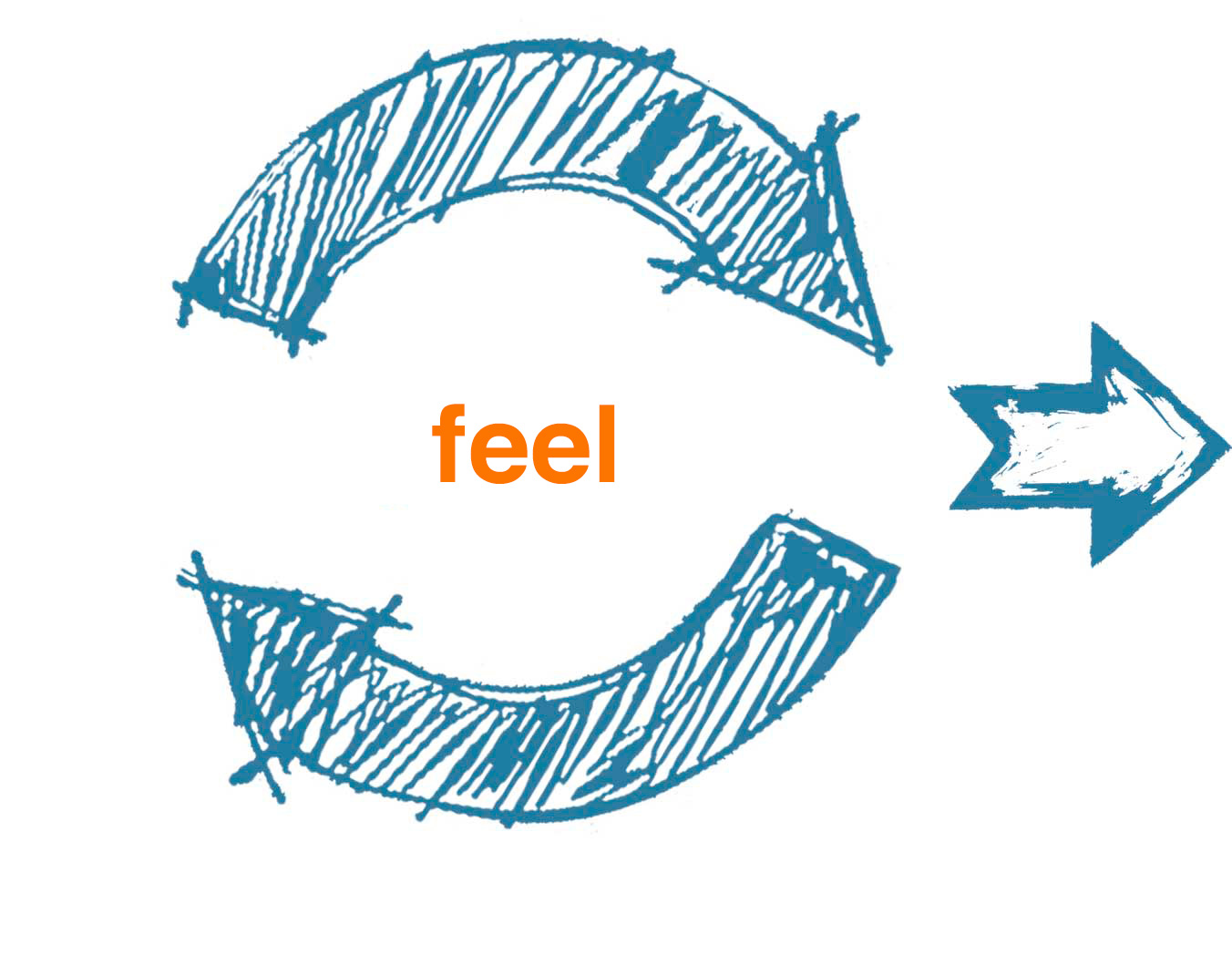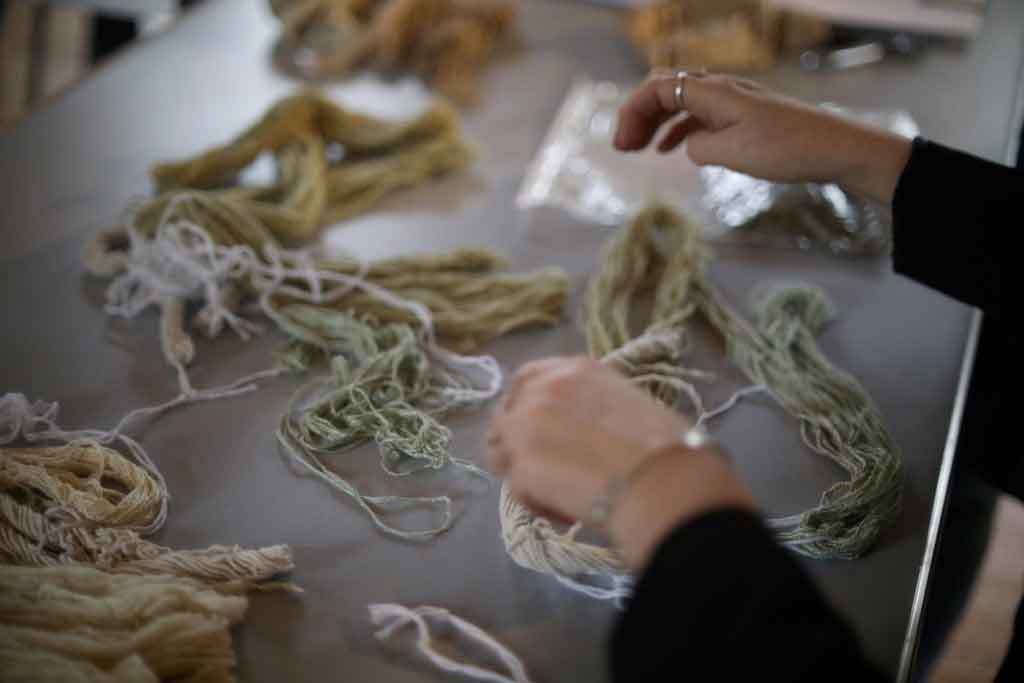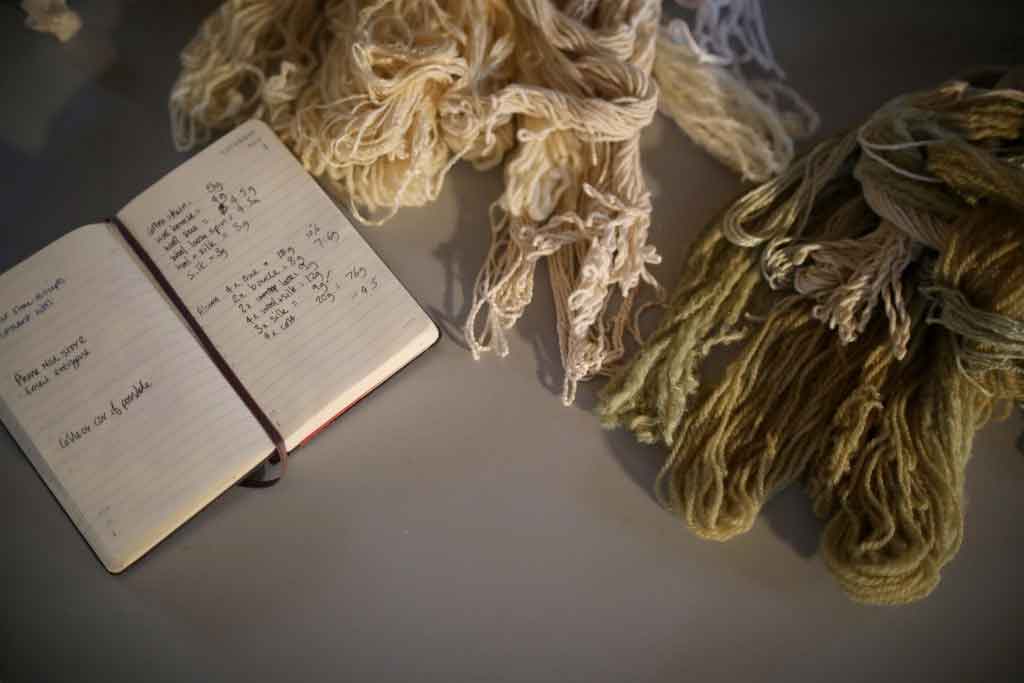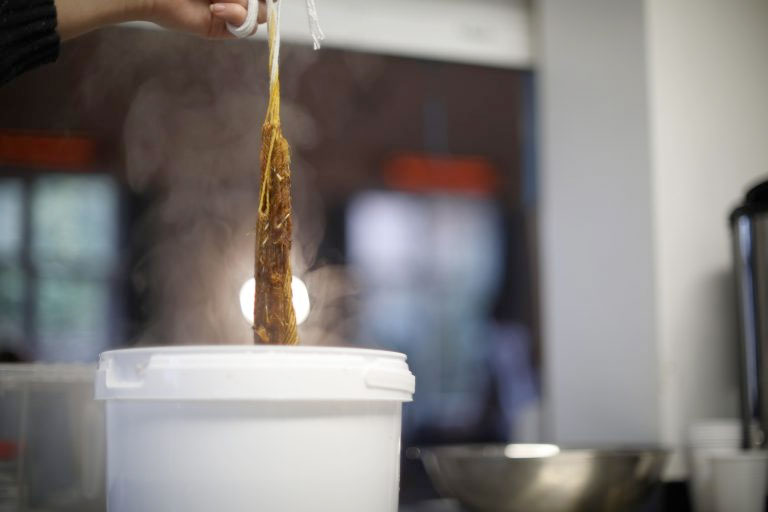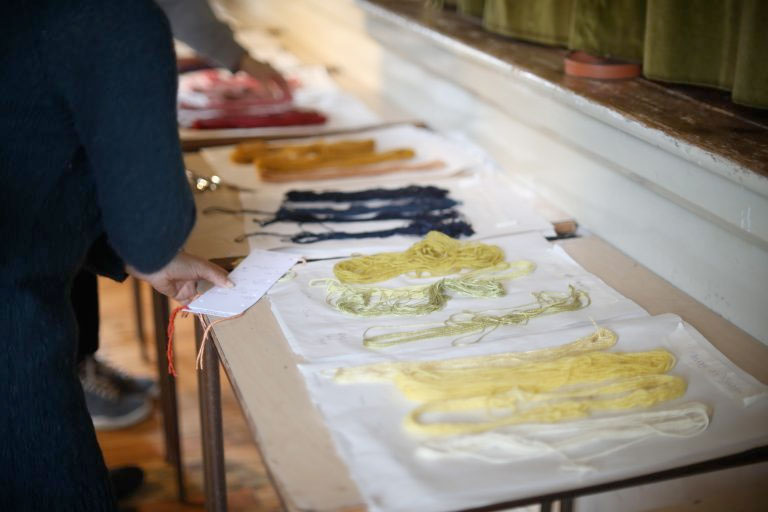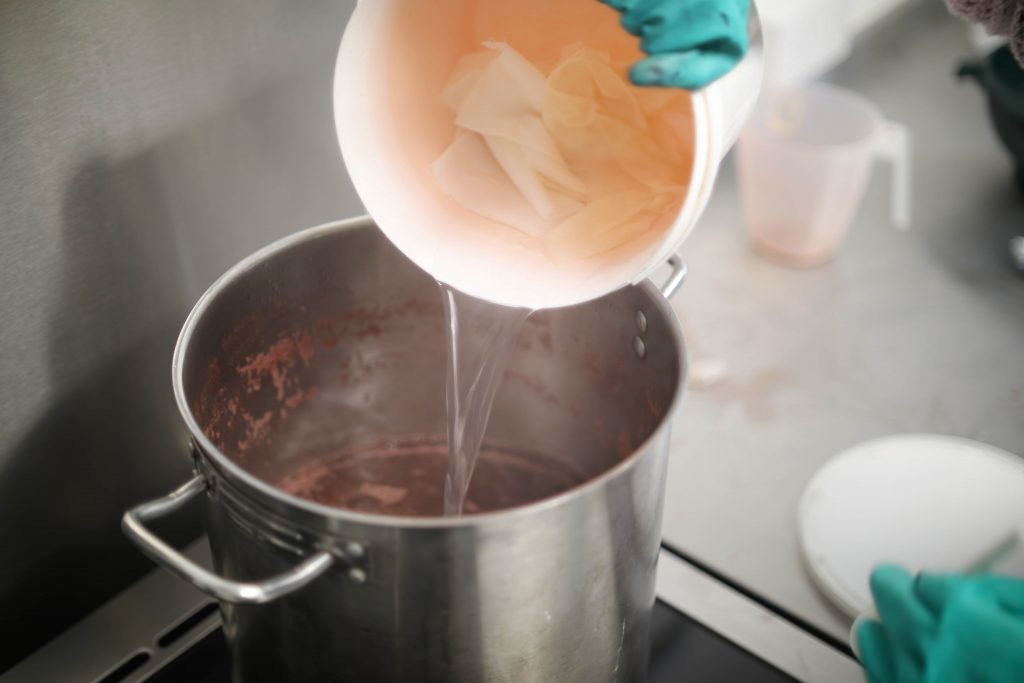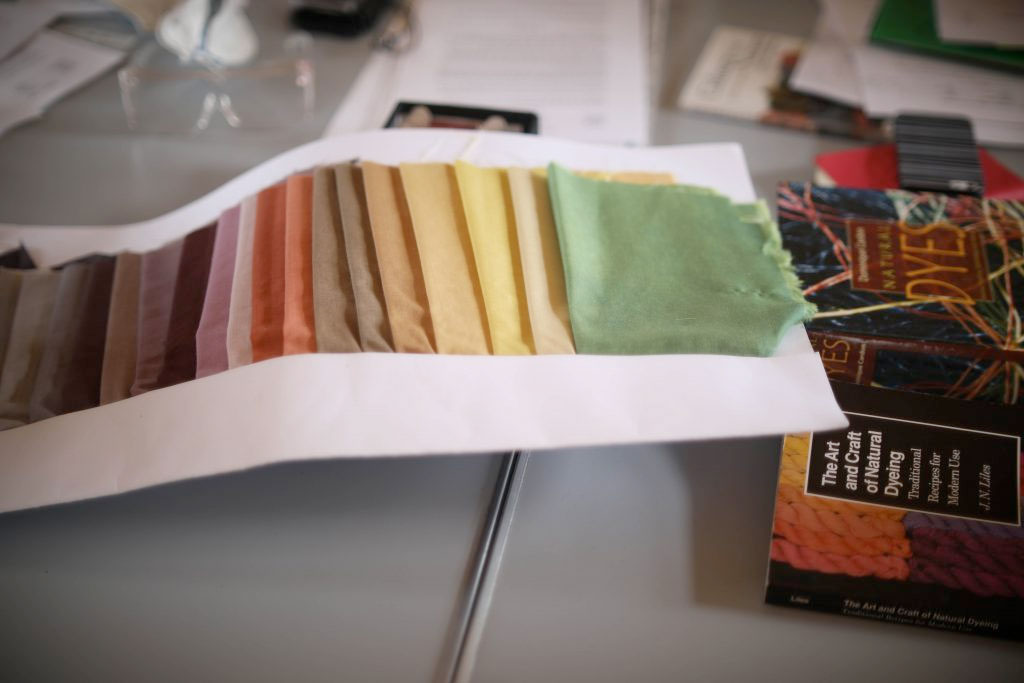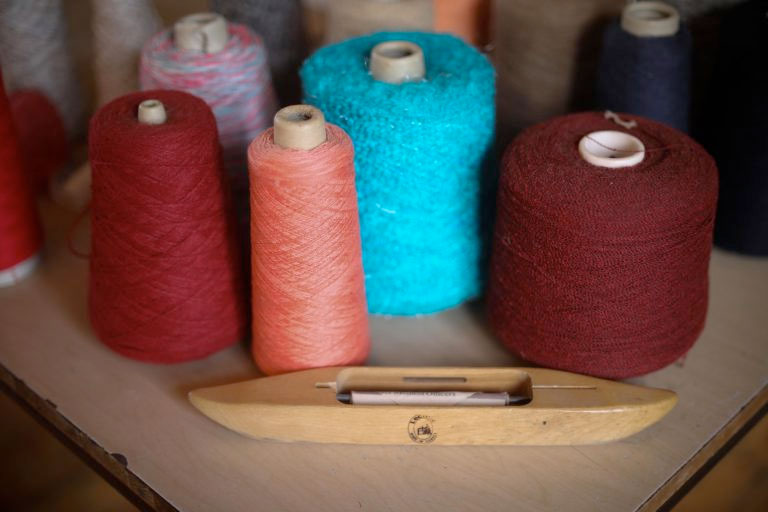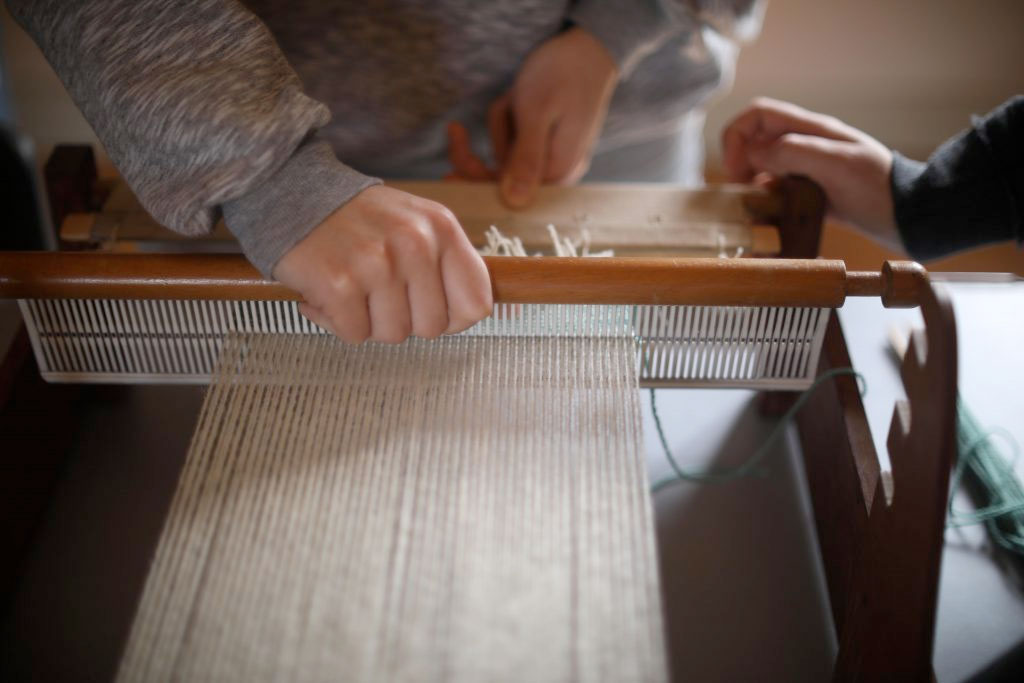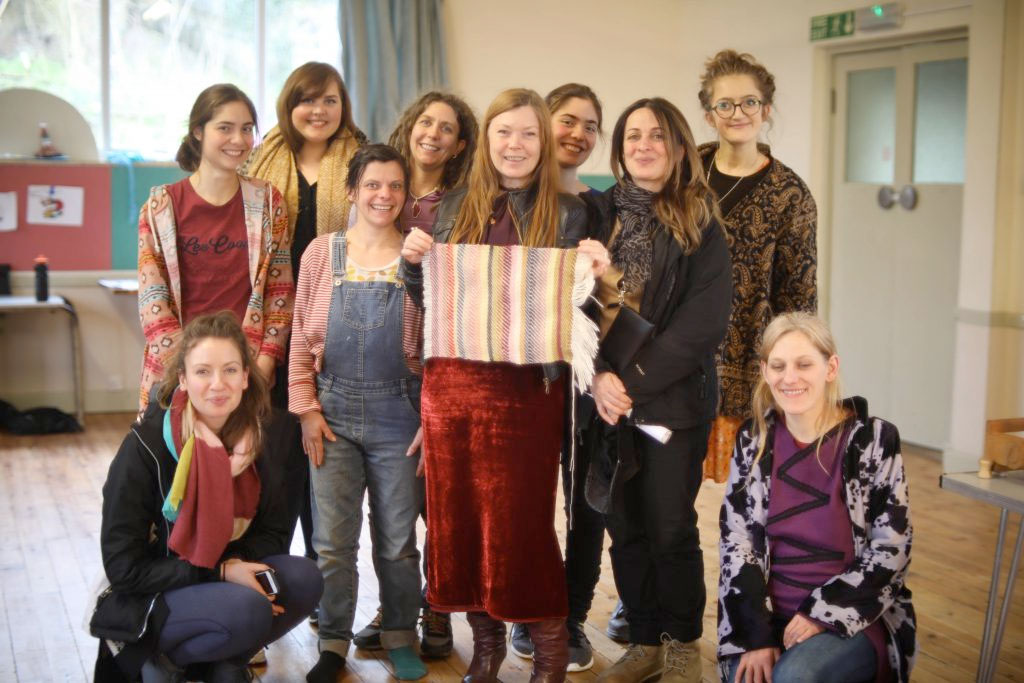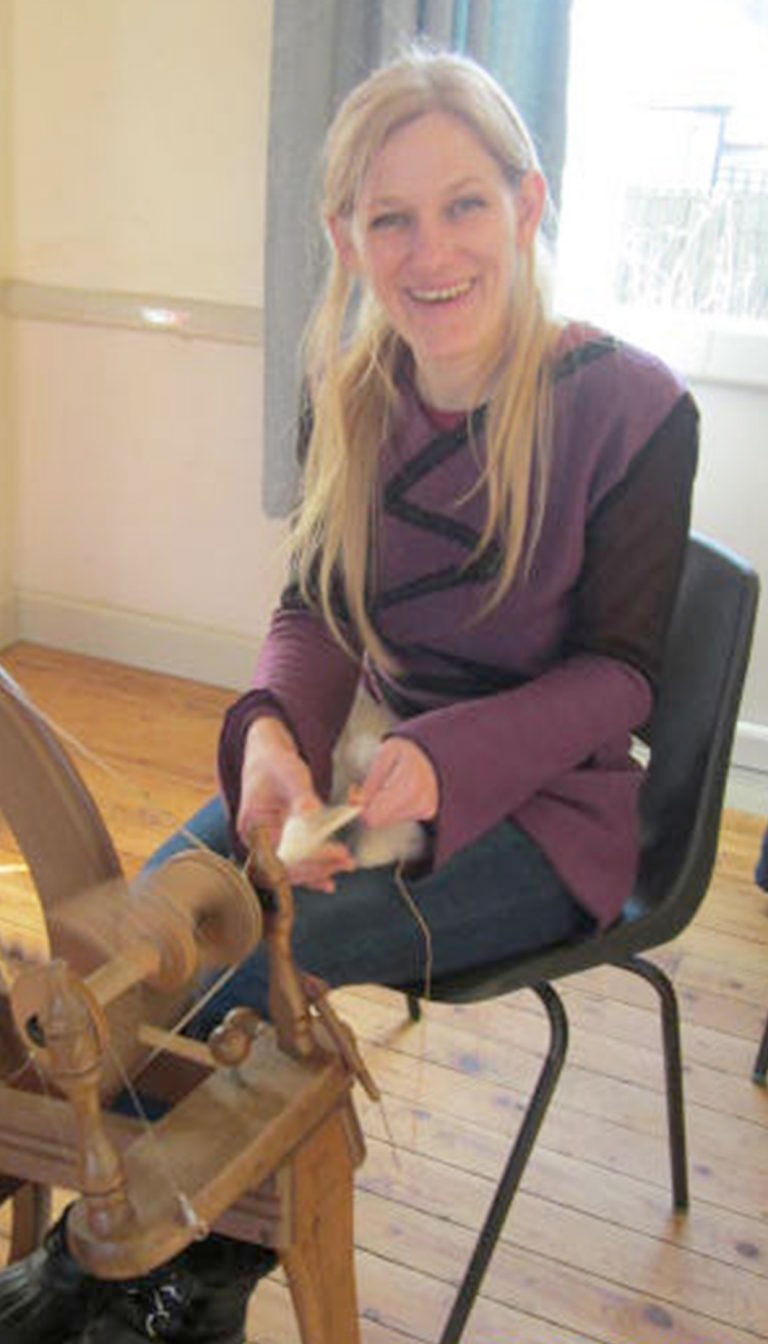
I’ve mostly seen spinning wheels in movies, like Sleeping beauty and Once upon the time. My mum told me recently that my grandmother had one, but I never saw it. I haven’t see one anywhere else. So, to be honest, I was surprised that anyone still has one and is actually using it. That is great.
But I really don’t see how it can become once again an everyday method of making clothes, maybe if the technological systems collapse and we all need to revert to the old ways… until then we have high-tech machines so I don’t see hand-spinning returning. People nowadays wouldn’t really know how to really appreciate the amount of work put in just to make one single sweater. We are accustomed to having many clothes these days and we change them so often that I think we become in a way spoiled and therefore it is hard for us to imagine exactly what it would have been like in the past. Back then I suppose people were lucky to have spinning wheels and enough time to be able to sit in peace and spin. The world must have been circling slower then and people must have had different values. Higher perhaps. Everything was much more meaningful.
I hope we will find value again, in these times when it seems that we are taking everything for granted. I am grateful to have opportunity to try spinning on the beautiful wheel. It has definitely changed my perspective on clothing and value of every single thread.


